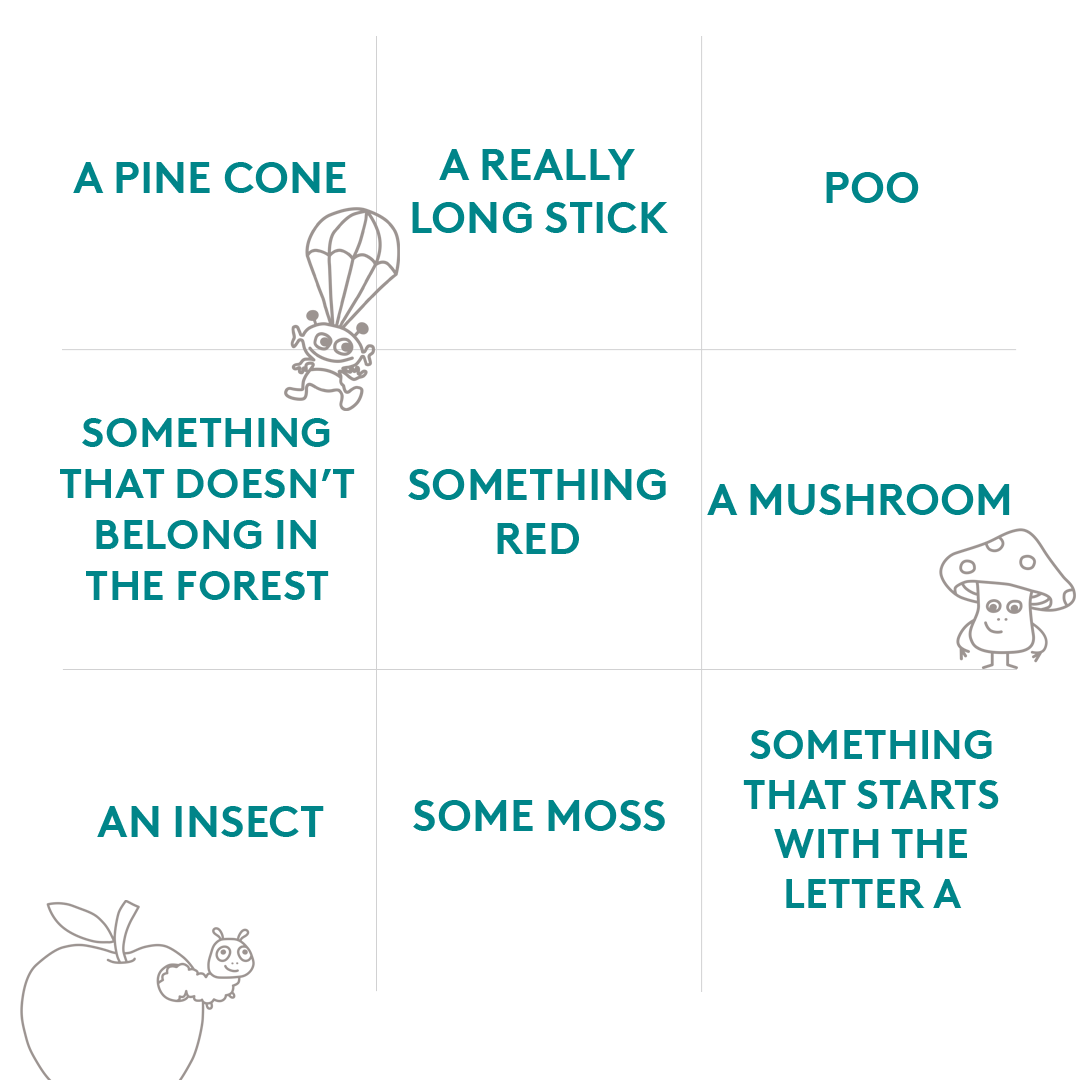Why Children Need to Play Outdoors
Playing outdoors is not just a good way for children to burn off some energy. (Even though it's a nice side effect.) Playing outside is important for real!
Suddenly, one day, you hear yourself say "There's no such thing as bad weather, just bad clothes!" The old saying gives you 100 points straight into your adult points account and in about 10-20 years your children will thank you. The lessons they learn during outdoor playtime are carried with them throughout their entire lives.
Run, Jump, Crawl, and Do Cartwheels
When children play outdoors, they develop their fine motor skills, gross motor skills, and balance. They jump over rocks, crawl under branches, and run as fast as their legs can carry them. For younger children, it's challenging enough to learn to maintain balance on the slightly uneven surface of a lawn.
Freedom to Fantasize
As an adult, you can sit quietly and enjoy a warm cup of coffee while your children play. Many times, children play best outdoors when adults are not in charge but instead give their imaginations free reign. A pinecone and a few sticks become a horse, and the stones in the gravel path are the horse's food.
Being outdoors represents freedom. Being able to move wherever they want and explore freely develops children's self-esteem and self-confidence.
Feel, Smell, See, Listen - and Maybe Taste a Little
Outdoors, it's easy for children to use all their senses in play. Children learn better when they use several senses at the same time.
The sand in the sandbox is first dry and warm, then wet and cold. It crackles funnily when I dig into it with the shovel. The sand smells damp, like when it rains outside. I wonder how it tastes... No, yuck!
Playing Outside Keeps the Germs at Bay
When there are no walls to stop them, physical activity starts almost by itself. Children who play outside and move a lot stay healthier and sleep better at night.
Did you know that outdoor play in spring and summer is especially important for us Northerners? You probably know that the body produces vitamin D in the skin with the help of the sun's rays. But during the dark season, the sun is not strong enough for our bodies to create vitamin D. Vitamin D is needed for children to build a strong skeleton and stay healthy. Outdoor play during the brighter time of year builds up children's vitamin D reserves (yes, even if they play in the shade!), so it lasts well into autumn and winter too.








